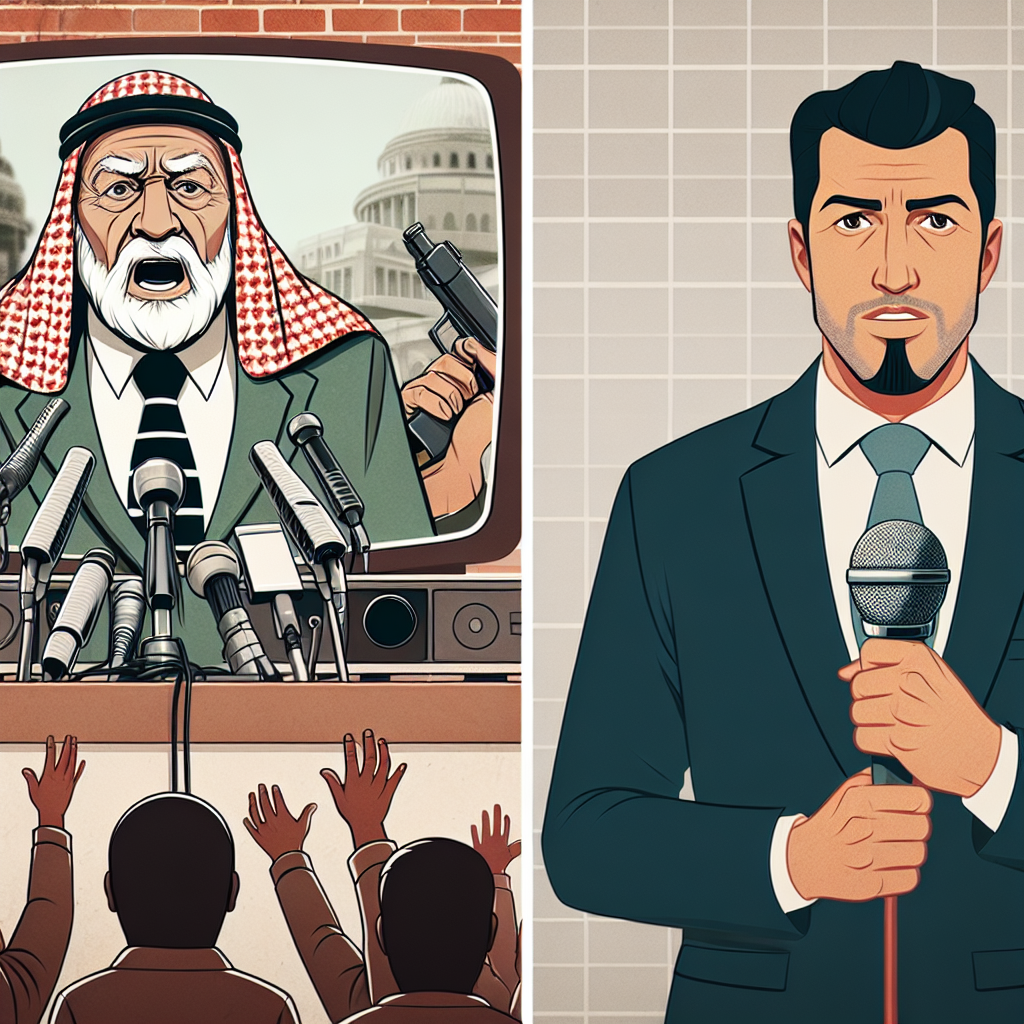On Wednesday, June 18, 86-year-old Iranian Supreme Leader Ayatollah Ali Khamenei delivered a televised speech, refusing to surrender. The day before, U.S. President Trump stated that the U.S. knew Khamenei’s whereabouts and urged him to surrender unconditionally.
Despite Khamenei’s tough rhetoric, Reuters reported that he appeared increasingly isolated after key figures in his inner circle were killed in Israeli attacks. Five sources familiar with Khamenei’s decision-making process revealed that his top military and security advisors were among those who died in the Israeli airstrikes, resulting in a significant void in his inner circle and greatly increasing the risk of strategic decision-making errors.
One source who often attended meetings hosted by Khamenei mentioned that Iran faced increased risks of misjudgment in defense and internal stability issues, describing the situation as “extremely dangerous.”
Since last Friday, several senior commanders in the Iranian elite Revolutionary Guards have been killed, including Revolutionary Guards Commander Hossein Salami, head of Iran’s ballistic missile program Amir Ali Hajizadeh, and spy chief Mohammad Kazemi.
These individuals were all members of the core advisory council for the supreme leader, which consists of approximately 15 to 20 advisors, including Revolutionary Guards commanders, clerics, and politicians. Three of the sources providing this information regularly or have attended meetings held by Iran’s leadership on critical issues, with two being trusted officials who regularly participate in such sessions.
Insiders disclosed that this fluctuating group convenes ad hoc meetings. When Khamenei’s office contacts these advisors, they gather at his residence in Tehran to discuss important matters. These advisors are staunch believers in Khamenei and the ideology of the Islamic Republic of Iran.
Khamenei, who had been imprisoned before the 1979 revolution and survived a bombing in 1989 that left him disabled before becoming the leader, is dedicated to preserving Iran’s Islamic system and deeply distrusts the West.
Under Iran’s current political system, Khamenei holds the highest command of the armed forces, the authority to declare war, and the power to appoint or dismiss senior officials, including military commanders and judges.
According to a source who has attended meetings, Khamenei has the final say on important matters but often seeks more information from his advisors.
“Regarding Khamenei, you can confirm: He is extremely stubborn, but also exceedingly cautious and very meticulous. That’s why he has been able to stay in power for so long,” said Alex Vatanka, the director of Iran studies at the Washington-based Middle East Institute.
“Khamenei is very good at conducting basic cost-benefit analysis, and these analyses and decision-making revolve around one core question, which is the survival of the regime.”
Khamenei has deployed the Revolutionary Guards and its affiliated Basij militia to quell national protests in 1999, 2009, and 2022.
While the security forces have always managed to suppress demonstrators and restore national order, years of Western sanctions have caused widespread economic hardships, leading analysts to believe that this could eventually spark internal unrest.
For Khamenei, the risks are ever-present as he faces an escalating war with Israel. Israel has targeted Iran’s nuclear facilities, military installations, and personnel in airstrikes, prompting retaliatory missile attacks from Iran.
Five sources familiar with Khamenei’s decision-making process emphasized that other top-level core figures not pursued by Israeli airstrikes still wield significant influence, including advisors on political, economic, and diplomatic affairs.
Two sources noted that Khamenei appoints these advisors to address issues, extending his influence directly into various aspects of the military, security, cultural, political, and economic domains.
Insiders stated that even government institutions nominally under the elected president are frequently involved in the most critical national decisions through this operating model, including some non-essential issues.
Sources mentioned that over the past 20 years, his son Mojtaba’s role has become increasingly important in this framework, as he navigates between key figures, factions, and organizations to coordinate resolving specific problems.
It is added that Mojtaba is a mid-level cleric, and some insiders view him as a potential successor to his aging father. He has cultivated close ties with the Revolutionary Guards, giving him more influence within Iran’s political and security institutions.
Since becoming the Supreme Leader in 1989, Khamenei has kept the Revolutionary Guards at the center of power, relying on the organization to safeguard national security and regional strategies. However, the loss of top Revolutionary Guards commanders in recent years has severely impacted the senior leadership of this military body.
Although the conventional military’s command system falls under the Ministry of Defense led by the elected president, the Revolutionary Guards answer directly to Khamenei, possessing the most advanced military equipment across land, sea, and air forces, with its commanders holding important national powers.
Khamenei is facing one of the most dangerous moments in the history of the Islamic Republic of Iran, and due to the crippling of Iran’s “Resistance Axis” alliance with Israel and the elimination of many senior leaders in the alliance who were also important advisors to Khamenei, he is further plunged into isolation.
For example, Hezbollah leader Hassan Nasrallah, who had a close relationship with Khamenei, was killed in Israeli airstrikes last September, and Syrian President Bashar al-Assad was overthrown by rebels in December.

